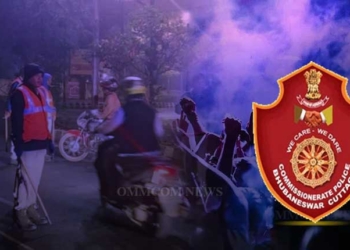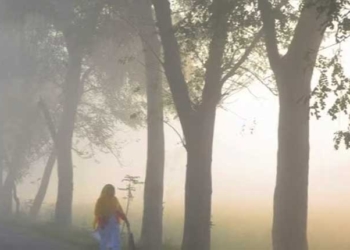Bhubaneswar: As the warm sun casts its golden glow over Odisha, the air is filled with the sweet scent of bael leaves, sandalwood paste, and the rich aroma of jaggery-laced Pana. Pana Sankranti, the traditional Odia New Year festival, is a time-honoured celebration that weaves together devotion, culture, and gratitude.
In the heart of this eastern state, every festival is a testament to the region’s rich heritage and spiritual fervour. Pana Sankranti is no exception, embodying the essence of a spiritual homecoming, agrarian appreciation, and deep reverence for Lord Jagannath and Hanuman. The festival transcends mere celebration, becoming a poignant tribute to the divine and the natural world.
Maha Vishuba Sankranti marks the first day of the new Odia almanack, and so it is also the traditional Odia New Year’s Day. Traditionally, it is also Lord Hanuman’s birthday.
Significance of Day
According to the Odia calendar, Mesha Sankranti marks the beginning of the new year and typically falls on April 14. This day signifies the end of spring and the onset of summer. Solar worshippers consider it an auspicious day for worship and rituals.
During Mesha Sankranti which is also known as Pana Sankranti, water is offered to plants and living beings as a mark of respect and gratitude. A unique ritual involves placing a pot with small holes at the bottom above a Tulsa plant, allowing water to trickle down slowly. This practice symbolizes the importance of water conservation and nurturing life during the scorching summer. Due to this ritual, this Sankranti is also known as Jalasankranti.
On this day, the sacred Jhamu Brata is observed, and those who follow this vow are known as Patua. During the culmination of the brata, devotees walk on hot coals as a demonstration of their devotion and physical endurance. In many parts of Odisha, this brata is celebrated with great fervour.
The Patua community, through their rigorous practices, imparts valuable lessons to society about resilience and the ability to withstand adversity, symbolized by enduring extreme heat.
Maha Vishuba Sankranti is celebrated with immense reverence and enthusiasm across Odisha. Devotees flock to pilgrimage sites and temples, take holy dips in rivers, and offer special prayers to their deities. The festivities are marked by vibrant fairs (melas) where families gather to enjoy traditional dance and music performances. These melas also feature stalls selling local delicacies, handicrafts, and other products, adding to the festive atmosphere.
Must-Visit Places During Maha Vishuba Sankranti
Several places and temples in Odisha are renowned for their grand celebrations of Maha Vishuba Sankranti. These destinations offer a glimpse into the state’s rich cultural heritage and spiritual traditions. If you’re planning to experience the festivities firsthand, consider visiting these notable locations to immerse yourself in the vibrant atmosphere and traditions of Odisha.
Taratarini Temple in Berhampur: The Taratarini Temple near Berhampur is a significant destination during Maha Vishuba Sankranti. Devotees flock to this revered Shakti Pitha to seek blessings from the goddess. A vibrant fair is organized near the temple, adding to the festive atmosphere.
Cultural and Spiritual Celebrations in Cuttack: In Cuttack, people visit temples, offer prayers, and enjoy family feasts. The Jhaamu Yatra procession at the Devi temple is a major highlight, attracting devotees from across Odisha. Literary functions, including poetry recitals, are also organized on this day.
Chhatrapada, Bhadrak: Patana Mangala Temple: The Maa Patana Mangala Temple hosts the annual Patau Yatra festival, drawing large crowds of devotees seeking blessings from the goddess. The event is a significant cultural and spiritual experience.
Chandanewar Shiva Temple in Balasore: The Shiva temple in Chandanewar is a popular destination during Maha Vishuba Sankranti. An annual fair is held on the temple premises, attracting pilgrims from within and outside the district who come to seek blessings.


















